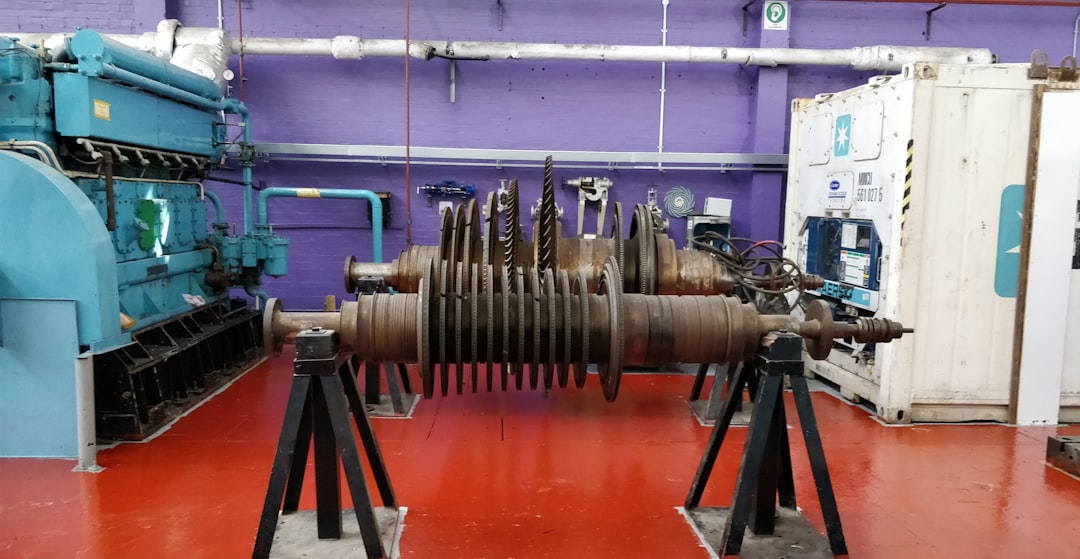body {
font-family: sans-serif;
line-height: 1.6;
}
h1, h2, h3 {
color: #333;
}
h1 {
font-size: 2.5em;
}
h2 {
font-size: 2em;
}
h3 {
font-size: 1.5em;
}
Steel, the backbone of countless structures and machines, demands rigorous inspection to ensure safety and longevity. Ultrasonic testing (UT) stands as a cornerstone of non-destructive testing (NDT) methods, providing a powerful and versatile tool for evaluating the integrity of steel components. This comprehensive guide delves into the intricacies of ultrasonic testing in steel inspection, exploring its principles, applications, and limitations.
Understanding the Principles of Ultrasonic Testing
Ultrasonic testing leverages high-frequency sound waves, typically in the range of 0.1 to 15 MHz, to detect internal flaws within materials. A transducer, acting as both a transmitter and receiver, emits ultrasonic pulses into the steel. These waves propagate through the material, reflecting off discontinuities such as cracks, voids, inclusions, or delaminations. The time it takes for these echoes to return to the transducer, along with their amplitude, provides crucial information about the size, location, and nature of the flaw.
Different ultrasonic testing techniques exist, including pulse-echo, through-transmission, and resonance methods. Pulse-echo is the most common, where the same transducer sends and receives the ultrasonic pulses. Through-transmission utilizes separate transducers for sending and receiving, while resonance methods measure the resonant frequency of a component to detect flaws.
Common Applications of Ultrasonic Testing in Steel Inspection
The versatility of ultrasonic testing makes it applicable to a wide range of steel inspection scenarios. Some key applications include:
- Weld Inspection: UT excels at detecting flaws in welds, such as cracks, porosity, and lack of fusion, crucial for ensuring the structural integrity of welded joints in bridges, pipelines, and pressure vessels.
- Casting Inspection: Ultrasonic testing can reveal internal flaws in steel castings, such as shrinkage cavities, gas porosity, and inclusions, which can compromise the strength and reliability of the casting.
- Forgings Inspection: Similar to castings, forgings can contain internal defects. UT helps identify these defects, ensuring the quality and safety of forged components used in critical applications.
- Thickness Measurement: UT accurately measures the thickness of steel plates, pipes, and other components, vital for assessing corrosion, erosion, or thinning due to wear and tear.
- Rail Inspection: Ultrasonic testing plays a vital role in inspecting railway tracks for internal flaws, preventing derailments and ensuring safe railway operations.
Advantages of Ultrasonic Testing over Other NDT Methods
Compared to other non-destructive testing methods, ultrasonic testing offers several key advantages:
- High Sensitivity: UT can detect very small flaws, even those invisible to the naked eye or other NDT techniques.
- Deep Penetration: Ultrasonic waves can penetrate deep into the steel, allowing for the inspection of thick sections.
- Versatility: UT can be adapted to inspect various shapes and sizes of steel components.
- Portability: Portable ultrasonic testing equipment is available, facilitating on-site inspections.
- Quantitative Data: UT provides quantitative data on flaw size and location, enabling accurate assessment of structural integrity.
Limitations and Challenges of Ultrasonic Testing
While a powerful technique, ultrasonic testing has certain limitations:
- Surface Preparation: Proper surface preparation is often necessary to ensure good acoustic coupling between the transducer and the steel surface. Rough surfaces or coatings can hinder accurate testing.
- Material Properties: The ultrasonic wave’s propagation is affected by the steel’s properties, such as grain size and texture. This can influence the accuracy and interpretation of the results.
- Operator Skill: Accurate interpretation of ultrasonic test results requires skilled and experienced operators. Proper training and certification are crucial.
- Complex Geometry: Inspecting components with complex geometries can be challenging, requiring specialized techniques and transducers.
- Cost: The initial investment in ultrasonic testing equipment can be significant, although the long-term benefits often outweigh the cost.
Interpreting Ultrasonic Test Results and Reporting
Interpreting ultrasonic test results requires expertise. The received echoes are displayed on a screen as A-scans, B-scans, or C-scans, depending on the technique used. A-scans show the amplitude and time of arrival of the echoes, while B-scans provide a cross-sectional view of the flaws, and C-scans present a plan view. Trained technicians analyze these displays to identify and characterize flaws, considering their size, location, orientation, and type. Detailed reports are then generated, documenting the findings and assessing the structural integrity of the inspected component, often referencing relevant standards and codes.
In conclusion, ultrasonic testing is an indispensable tool in ensuring the quality and safety of steel structures and components. Its ability to detect internal flaws with high sensitivity and accuracy makes it a vital technique across various industries. However, understanding its limitations and ensuring proper operator training are crucial for reliable and effective results.
SEO-Friendly Tags:
- Ultrasonic Testing Steel
- Steel Inspection Techniques
- Non-Destructive Testing (NDT)
- Ultrasonic Flaw Detection
- Steel Quality Control




